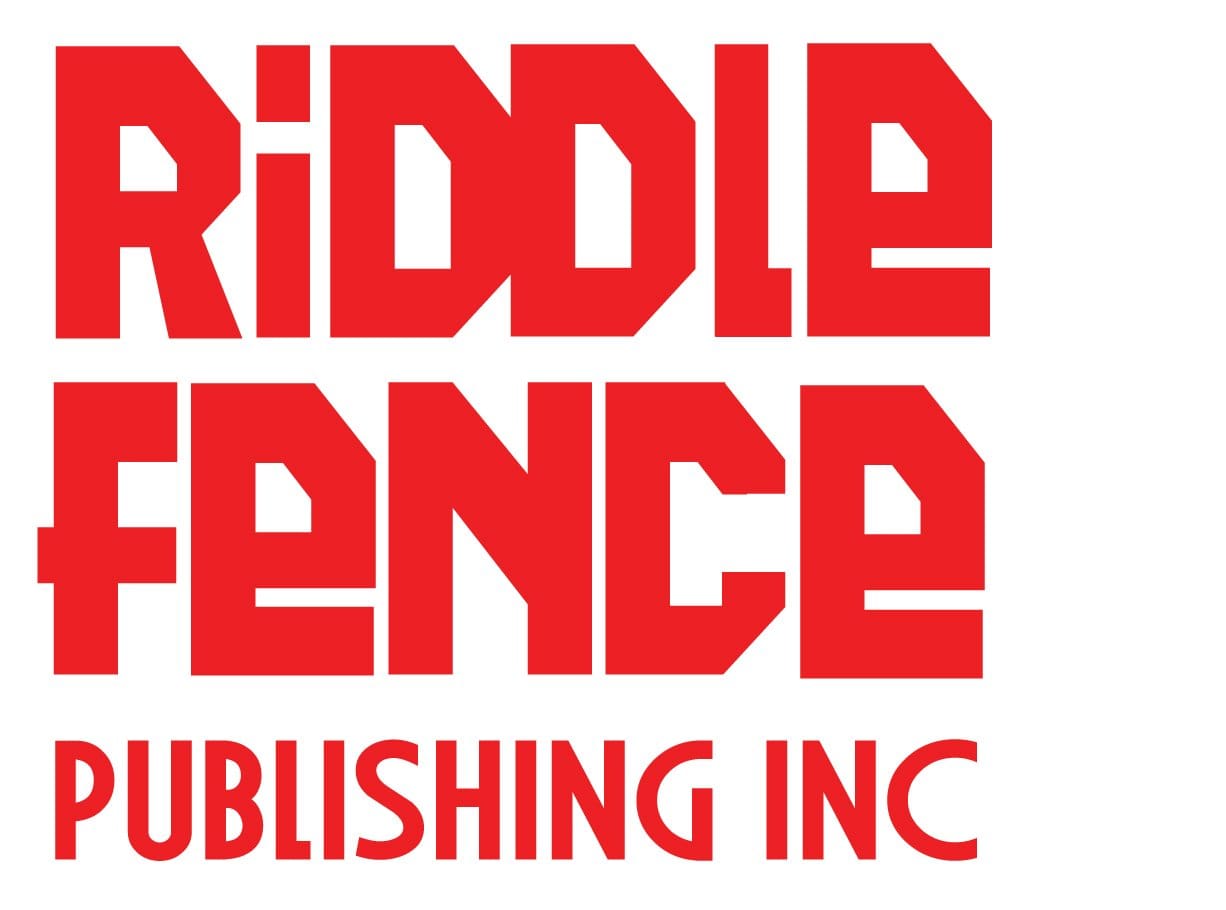Kim Morgan’s Blood and Breath, Skin and Dust
Kim Morgan – Blood and Breath, Skin and Dust
Reviewed by Rhea Rollmann
The Rooms
December 9, 2023 – April 28, 2024
Level 3 Main Art Gallery
Blood and Breath, Skin and Dust collects eight years of multidisciplinary artist Kim Morgan’s work. Morgan’s visual witchery is an alchemical art, applying medical science – scanning electron microscopy – to the innate artistry of human flesh and blood.
Blood, unmagnified, possesses a concentrated density of feeling. A single drop proclaims its presence, welling up in screaming reds on flesh, bursting forth with all the intractable momentum of lava coursing along an Icelandic highway.
But magnified, blood has an inverted identity. What is notable here is not the screaming density and bright viscosity of the substance, but an ominous emptiness. The space between underscores the fleeting ephemerality of this life-giving substance. Morgan places magnified images in contexts which emphasize and invert the phantasmagoric familiarity of our own bodies. In Dark Galaxy, our inner cells become the universe surrounding us. In Sigh, emblazoned onto a taffeta curtain, they tower above us. Magnified, the viewer’s eye is caught by the blank space; by the vast galaxies of aether between cells. It is the empty space that is discomforting, revealing an unsettling architecture of stark angles and amorphous lines in lieu of the dense, flowing thickness we are familiar with. What is this dark galaxy that lies within our body? What undiscovered planets course through our veins, intersecting with other misshapen worlds? What happens when these elongated, angular planes collide deep inside of us? What goes on in all those dark and empty spaces between cells?
The exhibit is immersive on a scale rarely experienced even at The Rooms. It is comprised of sculpture, sound and video installations, and fabric and visual arts. It provokes the mind but induces an equally visceral response in the body, akin to turning a dark corner and encountering a writhing monster from our worst nightmares.
It is an exhibit that is felt in the body.
You can view Morgan’s short film Blood Portraits online but don’t; do it properly at The Rooms with a darkened room weighing in on you, amplified heartbeats vibrating all about you. Feel your own heartbeat synchronize with the pulsating speakers; with the throbbing silence of the space; with Morgan’s robotic voice intoning a litany of blood facts narrated in tandem with thematically sequenced photos. The thumping, beating heart is both comforting and unsettling. “It felt warm and welcoming,” said one of my companions. “I was on the verge of a panic attack,” said the other. Sometimes it takes a reawakened awareness of that which is most familiar, to jolt us out of complacency.
Perhaps the most ominous presence in the exhibit is a tiny ball of belly button lint. Well, tiny is a misnomer: it originated as tiny, but now, magnified to 1000 times its original size, it bears a resemblance to the large boulder that pursued Indiana Jones in the legendary opening scene to Raiders of the Lost Ark. The lint pursues the viewer just as inexorably. The viewer first catches a glimpse of it on a video screen – records of its previous visits to other galleries – bouncing from floor to floor. Then turning a corner, one comes face to face with the actual object, asserting its improbable, massive presence. One approaches it, touches it (when security isn’t watching – how can one not?) – coming to terms with the reality that one such mountain of tangled particles might reside within the crevasses of one’s own body.
Even when the viewer backs away, it is difficult to escape the belly lint. Turning another corner, one espies it from the corner of one’s eye, bouncing along a bridge on another video screen, radiating an uncanny intelligence; a panoptical planet of belly lint orbiting in inexorable pursuit, drawing ever nearer.
Equally unsettling is a 10-foot long, 6000-times magnified fabric composition of skin flakes animated with the use of fans. It writhes and wriggles – I jumped upon turning the corner and encountering it – resembling a cross between a primeval trilobite and a Lovecraftian elder beast.
Morgan challenges the viewer with more than just visual provocations. We struggle to wrap our minds around the artwork derived from magnified renditions of her mother’s cancerous blood and ashes. We are introduced to her own circle of acquaintances by way of ‘blood portraits’ – blood samples of friends and colleagues magnified 12,000 times. What does it mean to be reduced to the specks of blood and skin of which our physical form is comprised? And yet – as the artist archly reminds us throughout the exhibit – is that not what so many racist, classist, and homophobic stereotypes do?
It is a breathtaking exhibit that lingers in the mind, a visceral reminder of the unsettling familiarity of our own bodies. We might leave the exhibit, but the cells it depicts come home with us, residing inside us. You cannot help but think of it, peeking nervously beneath your shirt to see whether the belly lint has followed you home.
Rhea Rollmann is an award-winning journalist, writer and audio producer based in St. John’s, NL, and is the author of A Queer History of Newfoundland (Engen Books, 2023). She’s a founding editor of The Independent NL and her journalism has appeared in Briarpatch Magazine, CBC, Xtra Magazine, Chatelaine, PopMatters, Riddle Fence and more. Her work has garnered three Atlantic Journalism Awards and she’s a two-time Canadian Association of Journalists’ awards finalist. She also has a background in labour organizing and queer/trans activism, and is Program Director at CHMR-FM, a community radio station in St. John’s, NL.
